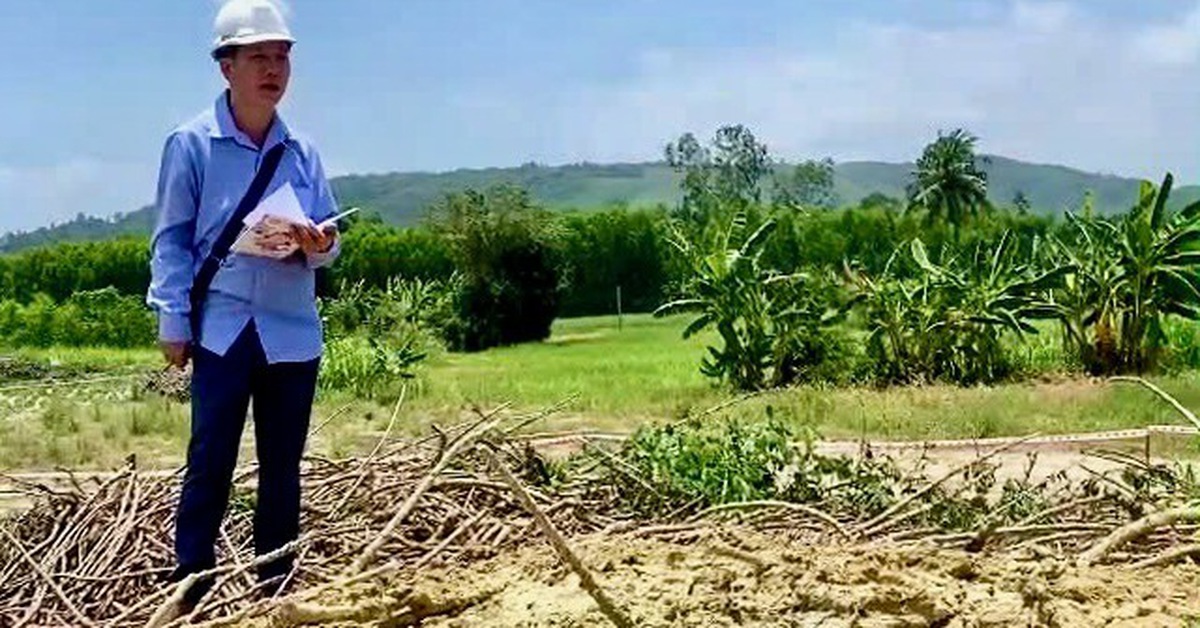
Rescue work continues on the evening of March 28 at the scene of a collapsed building in Bangkok, Thailand after the earthquake on March 28 - Photo: REUTERS
According to geologist Veerachart Wiwekkawin from the Department of Mineral Resources, the March 28 earthquake in Myanmar occurred due to the Sagaing fault - a geological fault that stretches from Mandalay to Yangon.
Although the fault is relatively far from Thailand, many areas in northern and central Thailand, including the capital Bangkok, were still able to feel the tremors.
The reason Bangkok felt the tremors so clearly was because the low frequency of the seismic waves made tall buildings resonate and shake more strongly. Therefore, people living in tall buildings could feel the tremors from the earthquake.
Mr. Veerachart also affirmed that aftershocks will gradually decrease and the situation in Thailand is still relatively safe.
As for why there is no early warning, the geologist explained that it is impossible to predict exactly when or where an earthquake will occur. However, immediately after an earthquake, the authorities can send out notices of the impact and warnings of aftershocks, which can last for 2-3 weeks.
Meanwhile, the Thai Meteorological Department also emphasized that earthquakes are unpredictable natural disasters. Effective mitigation of earthquake impacts requires accurate ground vibration data from monitoring systems that meet international standards.
The department said seismic monitoring stations, which measure crustal movements and sea levels, have been installed across Thailand, providing information on earthquake risks 24/7. When anomalies are detected, the system can immediately send warnings to the relevant authorities.
People are encouraged to monitor disaster information to prepare and evacuate when necessary.
Source: https://tuoitre.vn/vi-sao-thai-lan-khong-phat-canh-bao-dong-dat-20250329104009349.htm




![[Photo] "Beauties" participate in the parade rehearsal at Bien Hoa airport](https://vstatic.vietnam.vn/vietnam/resource/IMAGE/2025/4/11/155502af3384431e918de0e2e585d13a)
![[Photo] Looking back at the impressive moments of the Vietnamese rescue team in Myanmar](https://vstatic.vietnam.vn/vietnam/resource/IMAGE/2025/4/11/5623ca902a934e19b604c718265249d0)

















![[Photo] Summary of parade practice in preparation for the April 30th celebration](https://vstatic.vietnam.vn/vietnam/resource/IMAGE/2025/4/11/78cfee0f2cc045b387ff1a4362b5950f)




























































Comment (0)